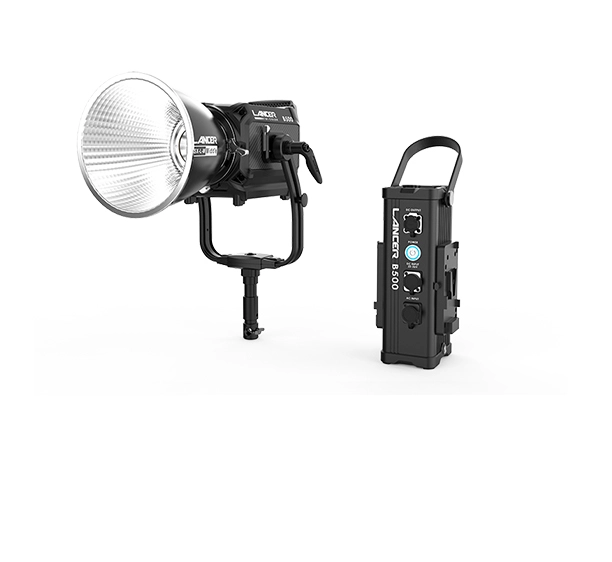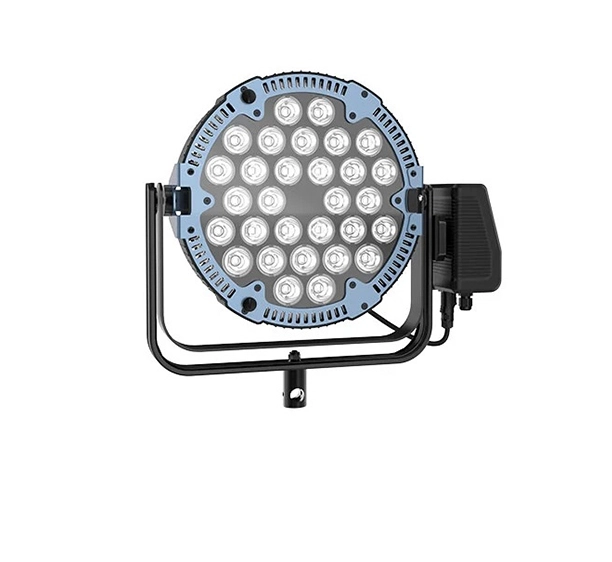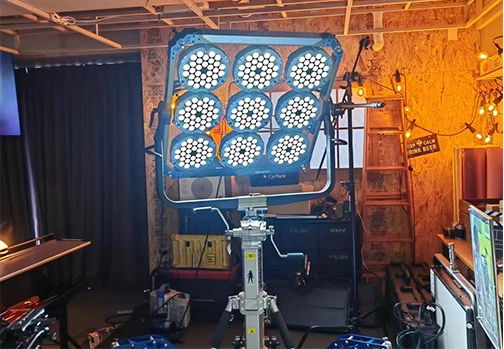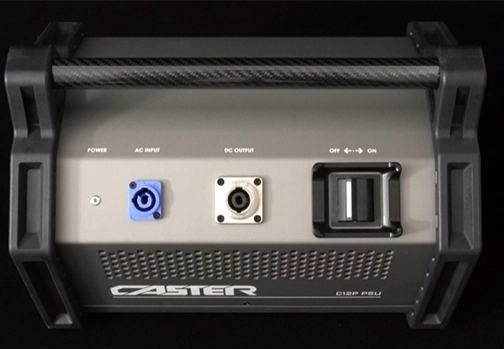Films are gradually breaking through their confinement in current art. They are no longer just a tool for recording art. Instead, they are becoming diversified in their artistic paths. They are deepening their emotional exploration and character depiction in acting. The portrayal of characters in films has a direct connection with the actors themselves. However, in terms of external expression, film lighting serves as an assisting technique that can assist actors in portraying the emotions and psychological activities of characters, bringing about a qualitative change. Therefore, the application of lighting in films is critical in producing different effects in different environments and characters.
Firstly, film lighting is used to depict character images.
Character images in films often change according to the plot and environment, including physical sensations, states of being, and emotions. A filming lamp can be used to create a specific lighting image according to these changes in different environments and situations. This allows the appearance of the image to blend into specific environments and plot points, and is then presented to the audience’s vision and feelings. Like all the other film elements, film lighting aims to portray character images to the fullest extent.
For example, a pink light on a character’s face appears to be full of vitality and courage, while a gray light on a character's face is weak, depressed and lifeless. A blue-gray light, on the other hand, looks sinister, cunning and wicked. The most common example of lighting portrayal is the “chase light” on a character's face, which is also known as “chasing light to show the face”, “chasing light to form a still image”, and “chasing light to shape”, resulting in facial features that are emphasized and highlighted in “close-up” shots, similar to sculpture, for enhanced and outstanding artistic effects.
Secondly, film lighting provides insight into changes in characters’ thoughts.
The various states and changes of the led film lighting, as well as their colors, can trigger different psychological changes in the audience because the sensory effects of colors reflect powerful emotions. Lighting changes can operate according to a person’s mood and psychological activities. The professional change of color in film lighting can cause the audience to experience different emotional responses. For example, red evokes emotions such as passion, celebration, and danger, while green signifies youth, expectation, and peace, and blue represents melancholy, depth, and sadness. Corresponding changes in lighting in films can reflect the characters’ emotions and psychological changes and can also bring the audience into an emotional state.
Thirdly, film lighting suggests the existence of certain film images.
At times, film lighting can act as the dynamic visual effects of the film, accompanying and illustrating the plot and events. In most film acting, actors embody the character according to the director's script. The character images in films also go through different modes of expression, such as the character’s gestures and facial expressions. Based on specific psychological changes, lighting can be used to bring about more vivid and insightful character images in film acting. The unique reflection of lighting techniques in films can conjure up the soul of the film, arousing endless imagination, and can realistically evoke the characters' calls and sincere appeals. At the same time, lighting can make silent acting more compelling.
 English
English 日本語
日本語 한국어
한국어 Español
Español italiano
italiano العربية
العربية






